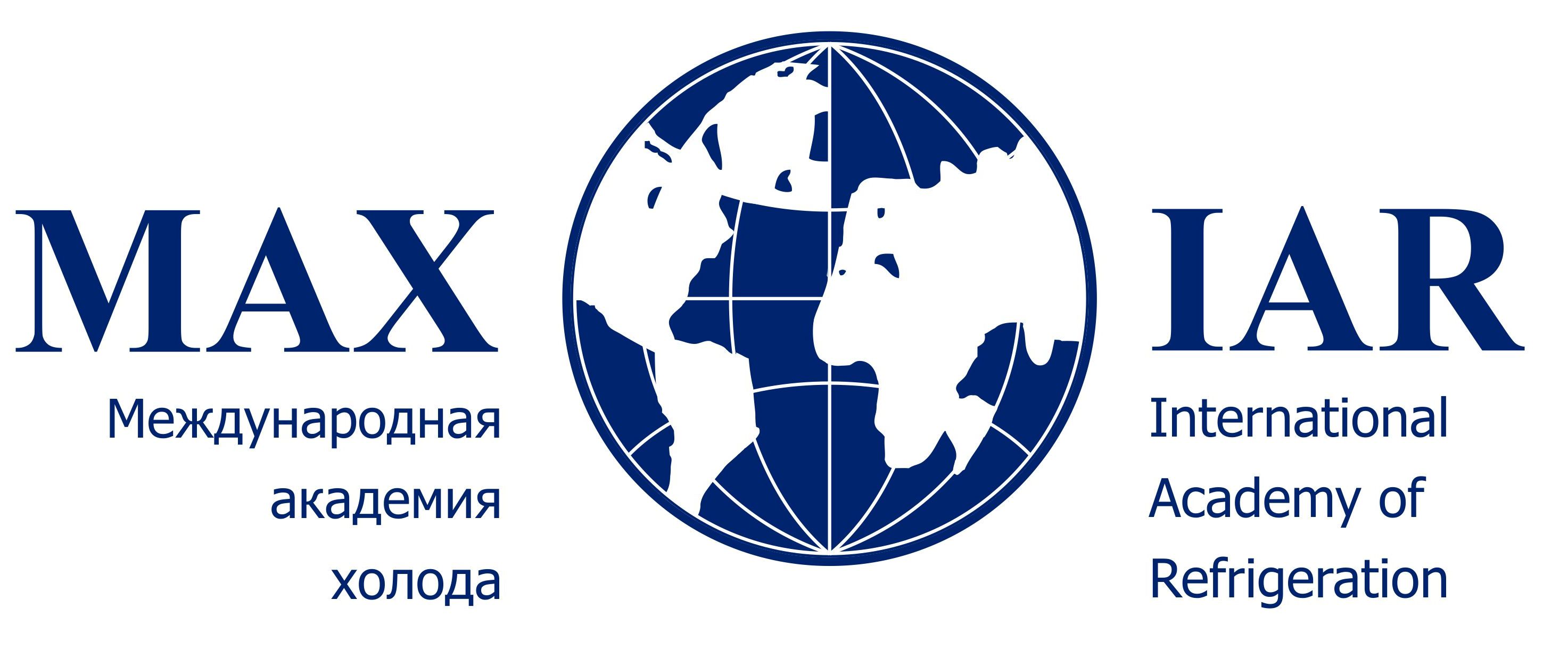Influence of particle fractional composition on viscosity of malt suspensions during their water-heat treatment
DOI: 10.17586/1606-4313-2025-24-1-89-95
UDC 536.4.033
Kuznetsov Aleksandr Y., Alexander G. Novoselov, Igor V. Baranov
Keywords: rheology, average particle size of the fraction, rheological parameters, viscosity-temperature curve, hydromodule.
UDC 536.4.033
Influence of particle fractional composition on viscosity of malt suspensions during their water-heat treatment
For citation: Kuznetsov A.Y., Novoselov A.G., Baranov I.V. Influence of particle fractional composition on viscosity of malt suspensions during their water-heat treatment. Journal of International Academy of Refrigeration. 2025. No 1. p. 89-95. DOI: 10.17586/1606-4313-2025-24-1-89-95.
Abstract
The development and design of highly efficient and universal heat and mass exchange equipment for the implementation of modern technologies in the brewing industry is impossible without a comprehensive study of the thermophysical properties of the initial working medium in the process of its transformation into the target product. One of the most important stages of the technological process of beer production is the stage of water-heat treatment of milled malt (WTOIS), the successful realization of which determining the volume and quality of the final target product. This paper presents the following aspects of the research: justification of the purpose of this research; methodology of experiments, and results of rheological studies of malt suspensions. Suspensions prepared from the following fractions were studied: 0-0.18 mm; 0.18-0.25 mm; 0.25-0.3 mm; 0.3-0.425 mm; 0.425-0.5 mm; 0.5-0.71 mm; and 0.71-1.00 mm, for each of the hydromodules (1:3; 1:4; 1:5). Experimental values of dynamic viscosity of malt suspensions were obtained, for all objects of research, in the range of temperature variation of 23-90 оСand the range of shear rate gradient variation of 2-500 s-1. Based on these data, viscosity-temperature characteristics were analyzed for all the objects. It was found that when the temperature of malt suspension reached 50-60 oC, all the objects showed a jump-like increase in viscosity properties associated with the process of native starch pasteurization and their subsequent decrease. The research demonstrates that malt grinding of less than 0.5 mm is not reasonable, as the peak values of dynamic viscosity have a constant value. Further reduction of particles leads to unjustified costs and, as a consequence, to an increase in the cost of the target product. The results of the research allow to clarify substantially the calculation dependencies related both to the development of beer production technology and its equipment design by new, highly efficient technological apparatus.
Abstract
The development and design of highly efficient and universal heat and mass exchange equipment for the implementation of modern technologies in the brewing industry is impossible without a comprehensive study of the thermophysical properties of the initial working medium in the process of its transformation into the target product. One of the most important stages of the technological process of beer production is the stage of water-heat treatment of milled malt (WTOIS), the successful realization of which determining the volume and quality of the final target product. This paper presents the following aspects of the research: justification of the purpose of this research; methodology of experiments, and results of rheological studies of malt suspensions. Suspensions prepared from the following fractions were studied: 0-0.18 mm; 0.18-0.25 mm; 0.25-0.3 mm; 0.3-0.425 mm; 0.425-0.5 mm; 0.5-0.71 mm; and 0.71-1.00 mm, for each of the hydromodules (1:3; 1:4; 1:5). Experimental values of dynamic viscosity of malt suspensions were obtained, for all objects of research, in the range of temperature variation of 23-90 оСand the range of shear rate gradient variation of 2-500 s-1. Based on these data, viscosity-temperature characteristics were analyzed for all the objects. It was found that when the temperature of malt suspension reached 50-60 oC, all the objects showed a jump-like increase in viscosity properties associated with the process of native starch pasteurization and their subsequent decrease. The research demonstrates that malt grinding of less than 0.5 mm is not reasonable, as the peak values of dynamic viscosity have a constant value. Further reduction of particles leads to unjustified costs and, as a consequence, to an increase in the cost of the target product. The results of the research allow to clarify substantially the calculation dependencies related both to the development of beer production technology and its equipment design by new, highly efficient technological apparatus.
Keywords: rheology, average particle size of the fraction, rheological parameters, viscosity-temperature curve, hydromodule.












